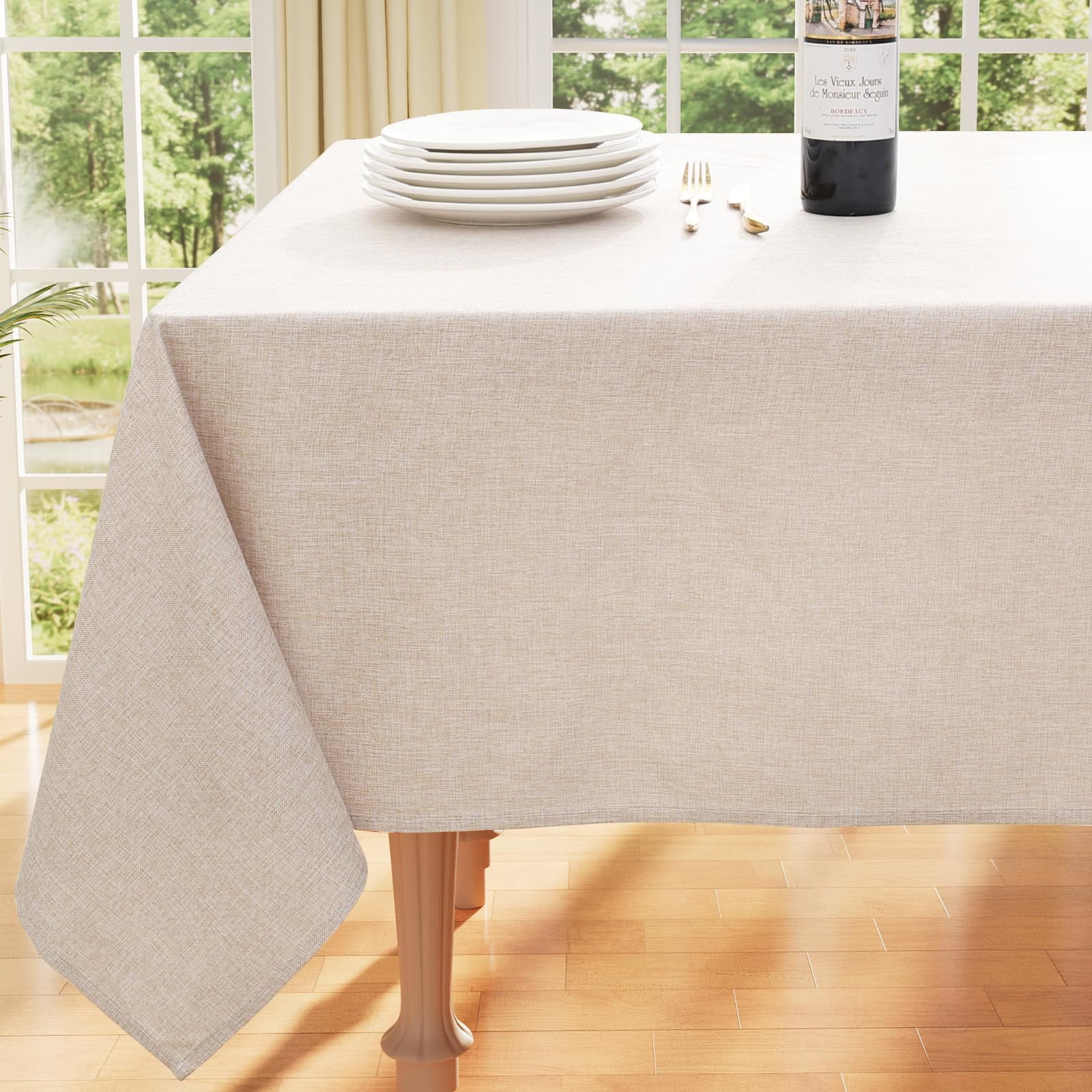Creative Table Runner Uses: Past the Table
Creative Table Runner Uses: Past the Table
Blog Article
Linen Fabric Innovations: Exploring Modern Trends and Creative Applications in Style and Textile Market
From sustainable manufacturing approaches to sophisticated weaving modern technologies, the development of bed linen is reshaping the landscape of the fabric sector. As we dig into the realms of creative layout applications and the development of bed linen blends and hybrid textiles, a new chapter unravels in which linen's duty in future textile innovations takes center stage.
Sustainable Practices in Bed Linen Manufacturing
Lasting techniques in linen production have actually become progressively crucial in the fabric sector's efforts to decrease environmental impact and promote ethical sourcing methods. Bed linen, an all-natural fiber originated from the flax plant, supplies a range of advantages such as biodegradability, breathability, and sturdiness. Nevertheless, typical approaches of linen manufacturing can entail considerable water intake, pesticide use, and energy-intensive procedures.
To resolve these obstacles, several textile suppliers are taking on lasting methods throughout the linen production process. This consists of sourcing flax from organic ranches that stay clear of unsafe pesticides and chemicals, carrying out water-efficient retting methods to remove fibers from the flax stalks, and utilizing green dyes and finishes. Additionally, some firms are purchasing eco-friendly power sources to power their manufacturing centers and lowering waste via recycling and upcycling initiatives.
Technical Advancements in Linen Weaving
With the growing emphasis on lasting methods in bed linen production, the textile sector is currently experiencing a surge in technological innovations particularly focused on transforming the art of bed linen weaving. These technologies are improving the way linen materials are produced, offering enhanced performance, high quality, and creativity in weaving strategies.
One of the key technological improvements in linen weaving is the combination of computerized looms. These advanced looms are equipped with software that enables elaborate and complicated designs to be woven with accuracy. By digitizing the weaving process, makers can attain better consistency and precision in their bed linen materials.
Moreover, improvements in yarn spinning technology have actually enabled the manufacturing of finer and more long lasting linen yarns - table cloths. This causes softer and smoother linen materials that keep their top quality also after several uses and laundries
Furthermore, the advancement of environmentally friendly dyeing processes and surfaces for linen fabrics is getting traction. These lasting methods not only lower the environmental effect but likewise satisfy the raising consumer demand for ethically produced fabrics.
Creative Design Applications for Linen
Cutting-edge imaginative approaches are significantly shaping the imaginative design applications for bed linen in the textile sector. Developers are pressing the borders of typical bed linen use, exploring its adaptability in numerous applications. One popular pattern is the integration of bed linen in lasting style lines, where its green buildings are highlighted. Bed linen's all-natural visual appeal and ability to blend with various other textiles make it a favored choice for producing unique garments and devices that satisfy the environmentally mindful customer.
Additionally, designers are try out linen in home decor, utilizing its durable and breathable nature to craft elegant home furnishings such as drapes, bed linens, and upholstery. The structure and drape of bed linen bring a feeling of refinement and comfort to interior areas, including a touch of sophistication to modern-day homes.

Bed Linen Blends and Crossbreed Fabrics

Crossbreed materials, on the other hand, take the idea of blending an action additionally by including added elements such as metallic threads, recycled products, or conductive fibers. These cutting-edge fabrics not just broaden the style possibilities however likewise present practical facets like conductivity, antimicrobial buildings, or improved durability. Crossbreed fabrics are significantly being used in various markets, consisting of style, interior decoration, and technical textiles, where the demand for multifunctional products gets on the rise.
Linen's Role in Future Fabric Innovations

In the realm of future textile innovations, linen is anticipated to be a principal in the growth of sophisticated practical materials. Developers and scientists are exploring methods to improve linen's fundamental qualities through technological improvements, such as incorporating wise fabrics, nanotechnology, and performance coatings. These innovations intend to raise bed linen's efficiency characteristics, making it appropriate for a more comprehensive array of applications, from activewear to protective clothing.
Furthermore, the combination of bed linen with other natural or artificial fibers opens limitless possibilities for creating novel fabrics with unique residential properties and capabilities. By leveraging bed linen's characteristics and checking out innovative blends, the fabric market is poised to introduce interesting developments that cater to developing customer requirements and sustainability requirements.
Conclusion
In final thought, the exploration of lasting techniques, technical developments, creative design applications, bed linen blends, and its duty in future textile developments highlight the constant development of linen textile in the modern-day layout and fabric sector. With an emphasis on technology and imagination, the adaptability and eco-friendly nature of linen make it a useful product for developers and suppliers alike, leading the method for more growths and developments in the area of fabrics.
As we delve right into the realms of imaginative design applications and the appearance of bed linen blends and crossbreed fabrics, a new phase unravels in which linen's function in future fabric developments takes facility phase.
Exploring the blend of linen with various other textiles has led to the development of cutting-edge blends and hybrid textiles in the modern textile market. Linen blends offer an one-of-a-kind combination of the features of bed linen with those of various other fibers, resulting in textiles that possess improved homes such as boosted durability, boosted draping, and decreased wrinkling.The development of linen blends and crossbreed materials has set the phase for Linen to play a pivotal duty in driving future textile innovations.In the realm of future fabric innovations, linen is anticipated to be an essential player in the growth of sophisticated functional materials.
Report this page